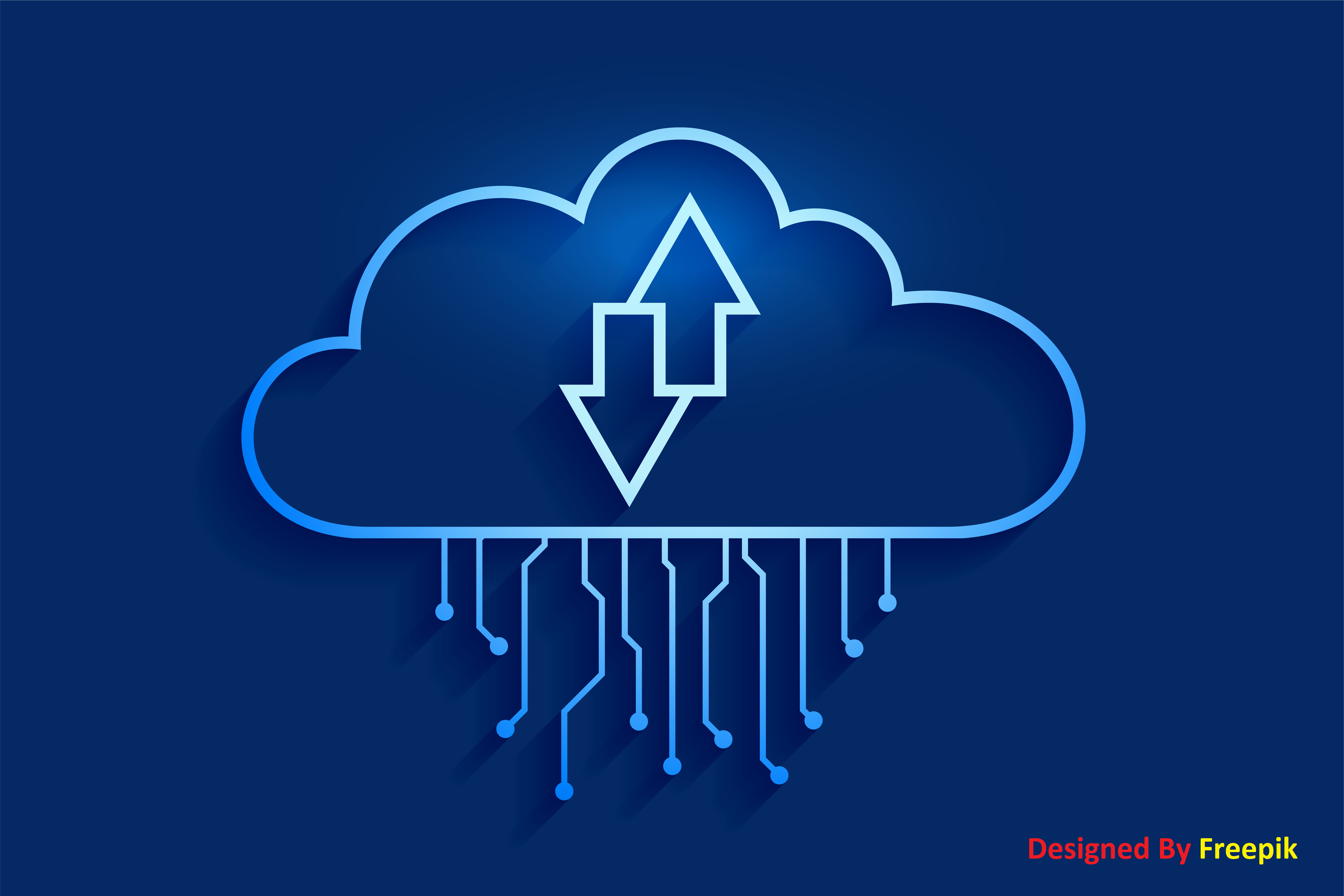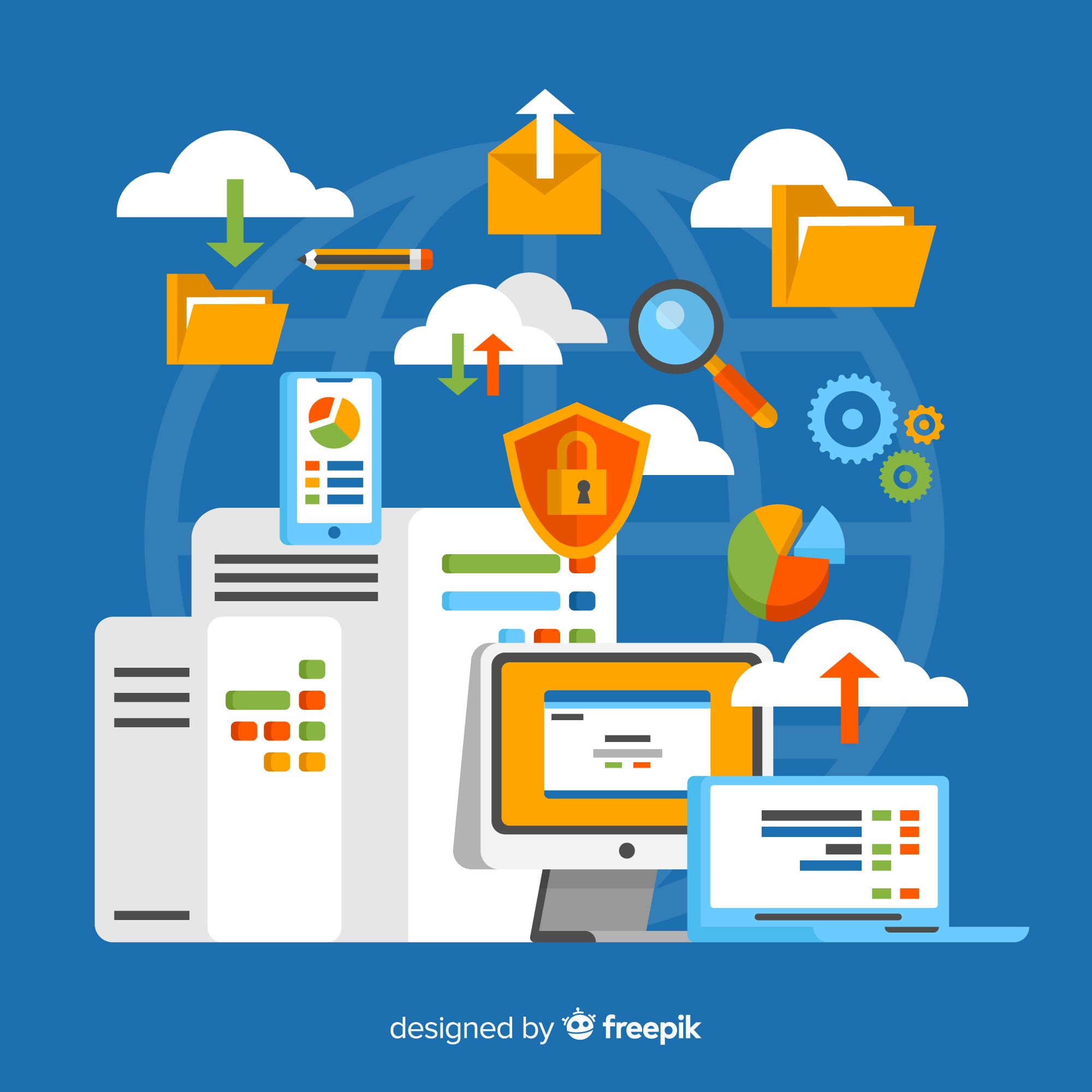Google Cloud Platform (GCP) is a set of cloud computing services supplied by Google that operates on the same infrastructure as Google does for its end-user consequence, such as Google Search, Gmail, Google Drive, and YouTube.
It offers various modular cloud services, including computing, data storage, data analytics, and machine learning, in addition to a set of management tools. Registration necessitates the use of credit card or bank account information.
Google unveiled App Engine, a platform for creating and hosting web applications in Google-managed data centers, in April 2008, as the company’s first cloud computing offering. In November 2011, the service was made widely available. Since the launch of App Engine, Google has introduced several cloud services to the platform.
An Overview of Google Cloud Services:
Google Cloud provides computing, storage, networking, big data, machine learning, and Internet of Things (IoT) services, as well as cloud management, security, and other developer tools. Google Cloud’s cloud computing offerings include the following:
- Google Compute Engine is an infrastructure service (IaaS) provider that offers VM instances for workload hosting.
- Google App Engine is a platform as a service (PaaS) product that provides software developers with scalable hosting from Google. Developers may also use an SDK to create software products that operate on App Engine.
- Google Cloud Storage is a cloud storage technology designed to store massive amounts of unstructured data. Google also provides database storage choices, such as Cloud Datastore for non-relational NoSQL storage, Cloud SQL for fully relational MySQL storage, and Google’s native Cloud Bigtable database.
- Google Kubernetes Engine (GKE) is a management and orchestration solution for Docker containers and clusters running in Google’s public cloud services. Kubernetes, Google’s open-source container management solution, is the foundation for Google Kubernetes Engine.
- Google Cloud’s operations suite, Stackdriver, is a collection of integrated tools for monitoring, logging, and reporting on the managed services that power Google Cloud applications and systems.
- Serverless computing includes event-based task execution tools and services such as Cloud Functions for building functions that handle cloud events, Cloud Run for managing and executing containerized applications, and Workflows for orchestrating serverless products and APIs.
- The database is a collection of technologies supplied as fully managed services, including Cloud Bigtable for large-scale, low-latency applications, Firestore for documents, Cloud Spanner for a highly scalable, highly reliable relational database, and CloudSQL for MySQL, PostgreSQL, and SQL Server.
What exactly is the distinction between Google Cloud and Google Cloud Platform?
Google Cloud is a collection of internet-based services that can assist businesses in going digital. Google Cloud Platform, the subject of this blog article, is a component of Google Cloud that provides public cloud infrastructure for hosting web-based applications.
How did Google Cloud Platform come to be?
GCP debuted in 2008 with the release of App Engine, a developer tool that lets users run their web apps on Google infrastructure. By late 2011, Google had removed App Engine from its preview state and made it a fully supported Google product. In the decade afterward, Google produced and acquired additional services and products to improve its cloud platform user experience.
What exactly are the Google Cloud Platform services?
GCP provides several services, but here are a few examples: Computing and hosting, storage and database management, networking, big data, and machine learning are all areas of expertise.
Resource:
https://cloud.google.com/
https://acloudguru.com/blog/engineering/what-is-google-cloud-platform-gcp
https://www.techtarget.com/searchcloudcomputing/definition/Google-Cloud-Platform
https://en.wikipedia.org/wiki/Google_Cloud_Platform
Disclaimer:
Wherever any material is quoted as sourced from the published text with publishing rights vested in an individual, it is stated that it is a pure quotation and has no intention to claim it as our own.
Image Source: www.freepik.com





